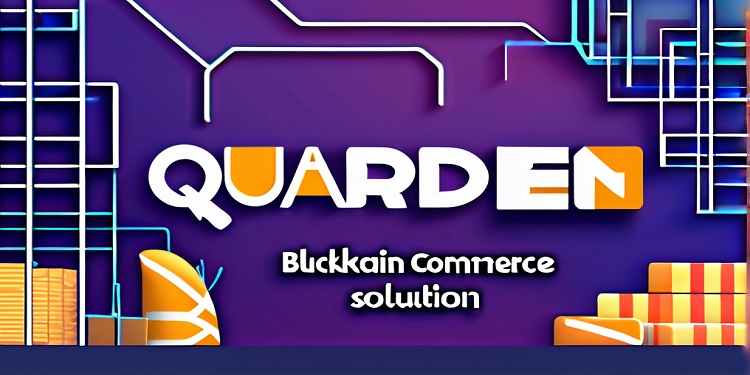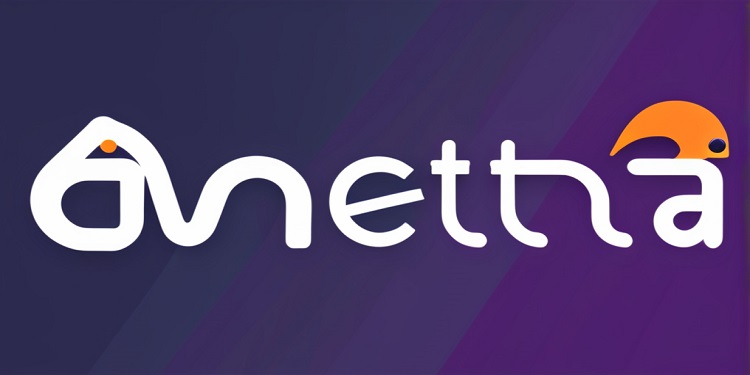Goldman Sachs has announced its intention to spin off GS DAP, a blockchain-based platform designed for digital capital market participants, from its Digital Assets division. The institution stated its goal of transforming GS DAP into an industry-owned distributed technology solution. According to the company’s release, this move aligns with its vision to deliver a platform that enhances market connectivity and infrastructure while unlocking new commercial opportunities for both buy- and sell-side participants.
The bank’s global head of digital assets, Matthew McDermott, emphasized the potential of distributed technology to redefine financial market dynamics. He suggested that this strategic shift represents a crucial step in expanding the firm’s digital asset offerings and fostering broader market adoption. Goldman Sachs intends to continue developing its Digital Assets business and advancing its platform’s technological capabilities even after the spin-off.
Partnership with TradeWeb for New Use Cases
The financial giant revealed that TradeWeb, a prominent electronic trading platform, will be its first partner in this initiative. TradeWeb plans to collaborate with Goldman Sachs to explore new commercial applications for GS DAP. These include integrating its trading and liquidity solutions across various fixed-income instruments. TradeWeb’s Chief Product Officer, Chris Bruner, highlighted the partnership’s objective to introduce enhanced capabilities, such as increased liquidity, market access, and interoperability for digital financial markets.
Successful Blockchain Pilots and Future Roadmap
Goldman Sachs has been actively involved in blockchain experimentation, including its participation in a pilot project named Canton Network, which concluded in March. This initiative brought together a consortium of asset managers, banks, custodians, exchanges, and a stablecoin issuer to evaluate the feasibility of a privacy-enabled open blockchain network. The project demonstrated the capability of blockchain to streamline financial applications by providing real-time settlement and immediate reconciliation while adhering to regulatory requirements concerning security, data privacy, and asset control.
Building on these successes, Goldman Sachs is also focusing on facilitating secondary transactions for private digital asset companies. The institution aims to provide its clients, such as family offices, with reliable liquidity sources and enable buyers to capitalize on discounts available in private markets. Additionally, the bank is planning to resume its Bitcoin-backed lending operations, which were temporarily halted due to market disruptions in 2022.
Advancing Tokenization in Financial Markets
Since the launch of its Digital Asset Platform, Goldman Sachs has employed blockchain to issue traditional financial instruments, including bonds for the European Investment Bank. The bank is now looking to establish a new entity that will own the platform, while Goldman retains its digital assets team to pursue broader initiatives. McDermott noted that tokenization remains central to the bank’s strategy, with a focus on developing marketplaces for tokenized real-world assets (RWAs). These marketplaces will cater primarily to financial institutions and operate on permissioned blockchains to ensure security and regulatory compliance.
Goldman Sachs aims to enhance transaction speeds and expand the range of assets that can serve as collateral. The firm’s tokenization efforts are intended to keep pace with competitors, such as BlackRock, which recently launched a digital liquidity fund that has already surpassed $540 million in assets under management. Goldman Sachs sees tokenization as a key driver of future growth, with significant value locked in the tokenized U.S. treasury debt market.
A Pioneering Role in Institutional Digital Assets
Goldman Sachs has established itself as a leading player in the institutional digital asset space. With plans to spin off GS DAP and launch new tokenization products, the bank continues to demonstrate its commitment to advancing blockchain technology within the financial sector. By focusing on scalable, permissioned solutions, Goldman aims to provide financial institutions with robust tools for digital asset management, paving the way for broader adoption and innovation in the industry.








